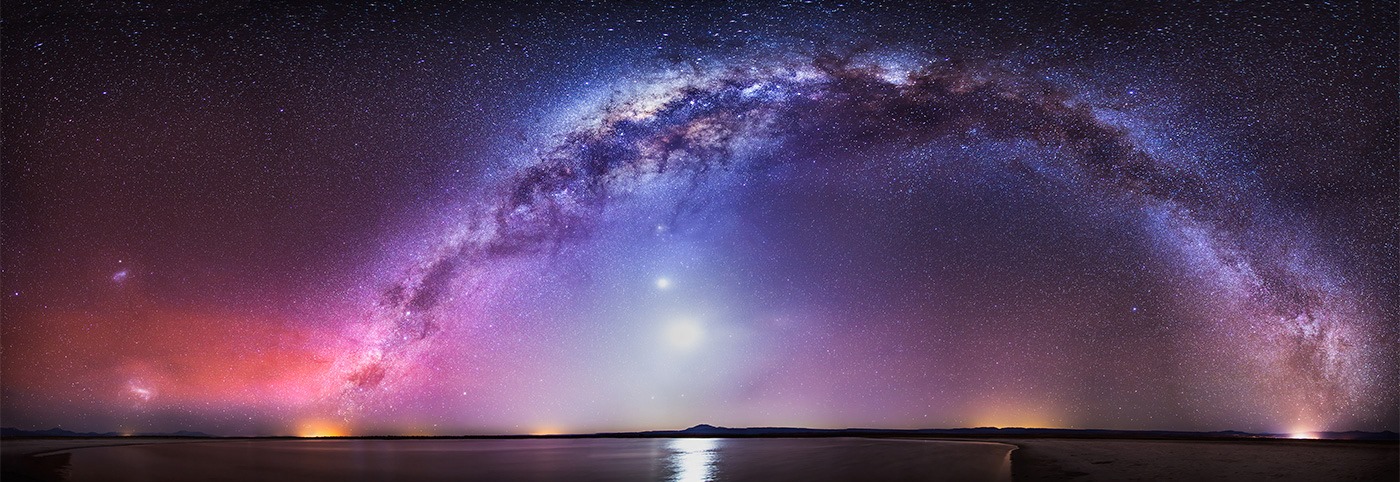ESA on Twitter
#UnitedSpaceinEurope https://t.co/1w5svkD6i6 — ESA (@esa) April 8, 2017

#UnitedSpaceinEurope https://t.co/1w5svkD6i6 — ESA (@esa) April 8, 2017
The end of the Seine with a creepy cloud cover #France pic.twitter.com/Z8sqQt5y87 — Thomas Pesquet (@Thom_astro) April 8, 2017
Not sure which is the most predominant style here #winterart or #desertart. Either way looking forward to #springart! #proxima pic.twitter.com/EdStKfkLJ7 — Thomas Pesquet (@Thom_astro) April 8, 2017
#ESATech ESTEC space centre gets visitor from far, far away: come join him for #OpenESTEC on 8 Oct: https://t.co/FQdmJswP0L #StarWars pic.twitter.com/xG8fh8oNo1 — ESA Technology (@ESA_Tech) April 8, 2017
Developing a greenhouse for #citizenscience to help @esa grow space food continues tomorrow. #AstroPlant #hackathon https://t.co/8buE6h0158 pic.twitter.com/a3EPINpxqf — Human Spaceflight (@esaspaceflight) April 7, 2017
Our space week in images https://t.co/EnOz3q9ov9 pic.twitter.com/72qZi2sXtr — ESA (@esa) April 8, 2017
http://ift.tt/2o7Ki7D
Like a ship plowing through cosmic seas, runaway star Zeta Ophiuchi produces the arcing interstellar bow wave or bow shock seen in this stunning infrared portrait. In the false-color view, […]
You say tomato, I say Tomatosphere: investigation brings @Space_Station #science to the classroom https://t.co/ibER3e7fY9 @Thom_astro pic.twitter.com/Ni42SdK6TM — ISS Research (@ISS_Research) April 6, 2017
Ingredients for successful #hackathon: @Raspberry_Pi's, @arduino's, re-purposed @IKEA and… @Postit notes https://t.co/8buE6h0158 #AstroPlant pic.twitter.com/QKnVTdozem — Human Spaceflight (@esaspaceflight) April 7, 2017